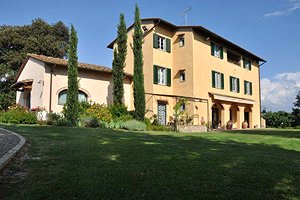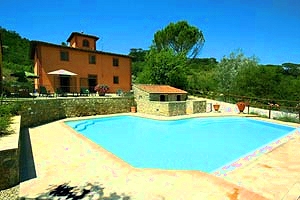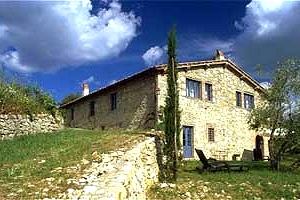



Region of the Chianti Florentine

Our most requested holiday homes:
 Villa rental with swimming pool for holidays near Montespertoli in the countryside of Empoli (Florence). Sleeps 12+2 , hydromassage, panoramic view, Internet connection.
More details
Villa rental with swimming pool for holidays near Montespertoli in the countryside of Empoli (Florence). Sleeps 12+2 , hydromassage, panoramic view, Internet connection.
More details
 Independent villa with private swimming pool in San Casciano Val di Pesa, in the Chianti district, near Florence. Sleeps 8/12, air conditioning, Internet connection, outdoor whirlpool bath sitting 7, children's playground. Possibility of organising cooking lessons and dinners. Tennis club, riding stable and golf club nearby.
More details
Independent villa with private swimming pool in San Casciano Val di Pesa, in the Chianti district, near Florence. Sleeps 8/12, air conditioning, Internet connection, outdoor whirlpool bath sitting 7, children's playground. Possibility of organising cooking lessons and dinners. Tennis club, riding stable and golf club nearby.
More details
 Tuscan villa with pool near Radda in Chianti in the countryside of Chianti between Siena and Florence. Sleeps 10, Internet connection.
More details
Tuscan villa with pool near Radda in Chianti in the countryside of Chianti between Siena and Florence. Sleeps 10, Internet connection.
More details
 Villa for vacation rentals in Siena countryside. 4+2 sleeping accommodations, swimming pool.
More details
Villa for vacation rentals in Siena countryside. 4+2 sleeping accommodations, swimming pool.
More details






